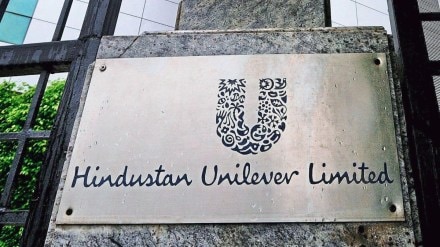Hindustan Unilever (HUL) will double down on high-growth demand spaces, as the firm eyes fewer, but bigger bets, under the leadership of CEO and MD Priya Nair. The focus will be on emerging niche categories or “market makers” as consumers increasingly premiumise.
HUL is also bringing its focus back on volume growth, as commodity prices remain soft and GST cuts reduce prices on 40% of its portfolio.
While Nair, who took over in August, is going back to the company’s well-documented playbook of tapping both mass and premium consumers with a portfolio that “straddles the price pyramid”, analysts say she may have to make a choice in the current environment. That is, either go mass to ensure consistent volume growth or premiumise to improve margins.
Experts also point to competition from regional, local and D2C brands. A low-inflationary environment will mean that these brands, especially local ones, will remain competitive, chipping away share from legacy players.
“Though enabling factors such as income tax cuts and GST rate reductions have put more money in the hands of consumers, people are prioritising paying off debt, savings and making purchases of durable items. The basket for FMCG expenditure is actually limited. And there are local and D2C brands competing for attention,” G Chokkalingam, founder of Mumbai-based Equinomics Research, said.
A recent study from Worldpanel by Numerator (earlier Kantar) on household expenditure, titled Kharcha 3.0, points to the growing pressure on household budgets, with the expenditure mix shifting towards education and debt repayment. Though consumers are prioritising essential items and some impulse purchases, many are opting for cheaper alternatives to manage their budgets.
The HUL management has defended its decision to stay dual-focused, saying that savings made on gross margins will be invested back into the business to tackle competition. The company is also increasing access packs of its premium brands to improve penetration, even as core brands will be modernised.
In Q2, for instance, the company increased advertising and sales promotion expenditure by 80 basis points, as it dialed up brand investment. “We are clear that we will invest in different lines of the P&L to ensure that we achieve competitive volume growth,” CFO Ritesh Tiwari said.
Nair said the company has to evolve as the country evolves, staying relevant at all the times. “We are the original market makers of consumer products in India, ensuring that as people become affluent, we scale up. We will continue to invest and prioritise these market-maker segments.”
Within soaps, for instance, the strategy will play out through a focus on body wash, which has just 2% penetration in India, but has potential for growth. In skin creams, this will mean taking popular brand Vaseline into newer areas such as light moisturising creams – HUL launched Vaseline Cloud Soft in Q2.
In the past, most HUL CEOs and chairmen pointed to the “secular trend” of premiumisation in India, where consumers are increasingly getting aspirational as incomes improve. People want better products and services, they reasoned, even as per-capita consumption of FMCG has remained low at $53-54. This has meant that HUL has chased two different consumers – an affluent base and a mass set – to tap these divergent trends.
Nair says she wishes to segment this universe even further into premiumisers at the top end, power spenders at the centre and democratisers at the bottom of the pyramid. “We will continuously and radically segment consumers,” she said last week.
For now, Nair’s strategy has found support from the Unilever management. Unilever CEO Fernando Fernandez said the India business is poised for growth. “Our emerging market performance is improving. India, in particular, is very well positioned over the medium term. The GST reform has had some impact in the short term, but we believe it is very good news for 40% of our portfolio with close to a 10% (price) reduction. This will boost demand in the medium term,” he told investors in an earnings call last week.
